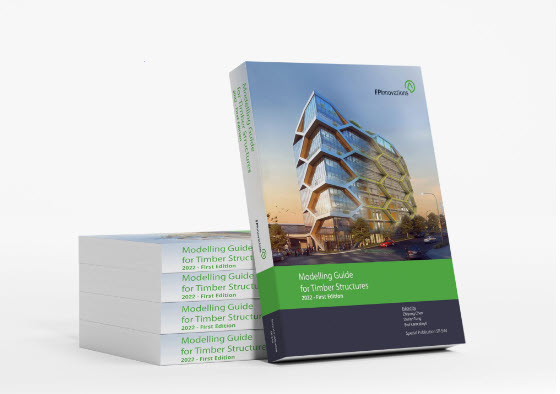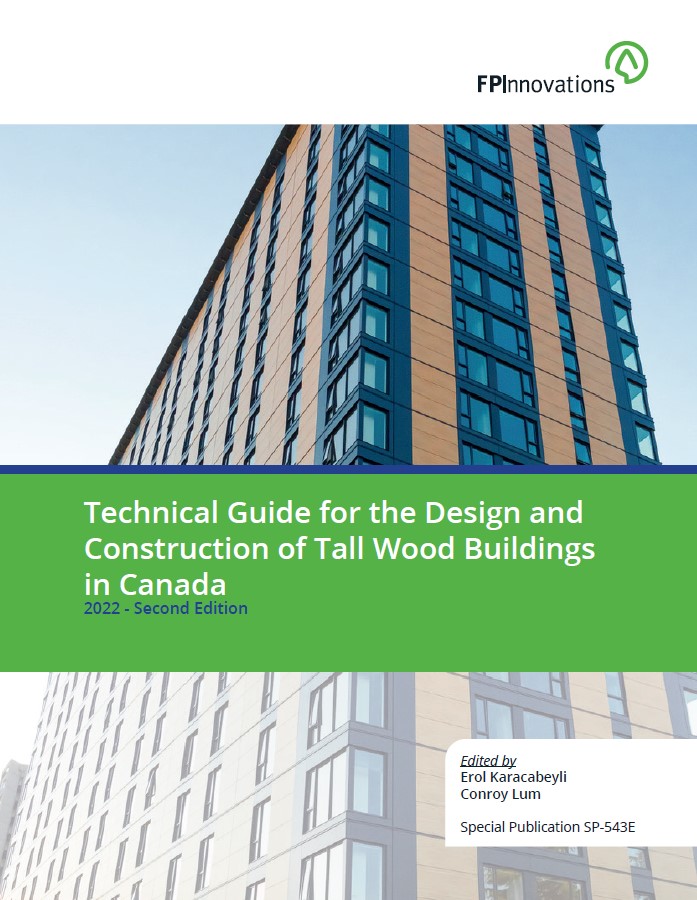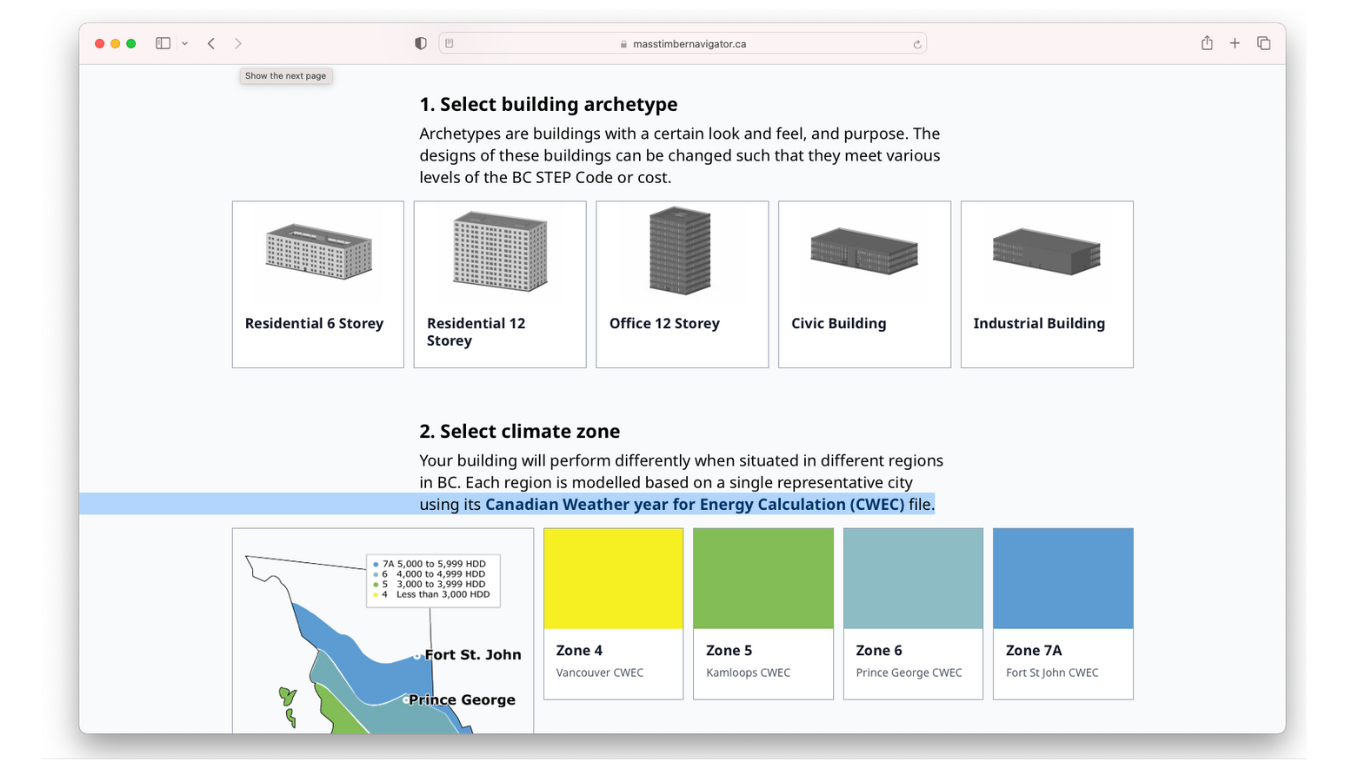Hygrothermal modelling evaluates building physics to simulate the long-term combined effects of moisture and heat within and through parts of a building structure allowing design practitioners to evaluate acceptable variance levels. It simulates the movement of heat, vapour, and water through materials under various environmental conditions, allowing practitioners to use the results of the modelling to fine-tune building envelope assemblies and improve the durability of buildings.
The Hygrothermal Modelling Guide for Wood Buildings by FPInnovations is a valuable tool for architects and engineers for improving consistency and accuracy when conducting hygrothermal modelling.
This guide focuses on the key hygrothermal properties of wood building materials including oriented strand board (OSB), plywood, dimensional lumber, cross-laminated timber (CLT) and rigid wood fibre insulation to help develop proficiency on material physics and the modelling software itself.
The guide covers
- Examples of conducting hygrothermal modelling for wood-based assemblies
- Information on modelling inputs and assumptions, including boundary conditions and the physical properties of major wood materials used in both light wood frame and mass timber construction that have been validated against measurements to improve hygrothermal modelling
- Modelling outputs and implications, including performance evaluations related to mould growth, decay, and corrosion of metal fasteners



